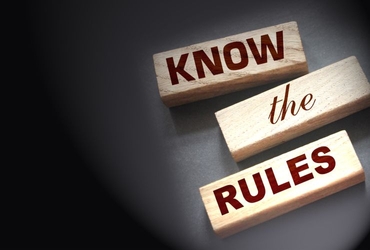
US Customs: Main Inspection Costs



So far everything has gone as planned. You’ve packed your container perfectly and filled out all of the appropriate forms. The vessel has left on time. You’re waiting like a kid on Christmas morning for your shipment to arrive at its destination. But just before your shipment is scheduled to be released, the carrier contacts you with the worst news, the container carrying your goods has been placed on hold for an inspection. When a shipment arrives at its destination port, customs will give it a “score”. If the score is over a certain number, they are likely to review and possibly examine the shipment.
Whether your shipment is an FCL or LCL, if customs chooses to examine a container for any reason (whether it is at random or because of suspicion) the costs for not only the exam but also any fees incurred while it is being done is the responsibility of the shipper. This may not seem like a big deal at first but once the bill for the inspection costs is issued, prepare to be shocked.
The different type of holds at US customs: main inspection costs
The carrier and/or ocean freight forwarder is simply a middle man between the shipper and customs. It is not up to either party to determine how long the hold will be or how quickly exams will be completed. The following are possible holds that can be conducted by customs.
[![]() ]
]
While the container is on hold, numerous fees will begin to pile up, such as row fees, demurrage fees (per day), shifting fees, and admin fees.
Once customs is done investigating the container placed on hold, they will choose to either release it (yay!) or further examine it (boo!). There are 3 main exams customs will conduct to determine whether they will release or confiscate a shipment.
- The X-Ray Exam (VACIS exam): The containers on a shipment are put through an X-ray machine at the terminal. Once the photos are examined, they will release the container. Or, it will be escalated to go through an additional exam.
- The Tail Gate Exam: The container is inspected at the pier. A customs officer breaks the seal of the container and inspects its contents. If everything is correct, they will release the container or the container is escalated to the final level of exams.
- The Intensive Exam: The entire container is taken to a Customs Exam Site (CES). The contents of the container are emptied. At the CES an authorized agent will empty the container, separate the parcels, open boxes, and prepare the cargo for a customs officer to fully inspect the cargo.
It doesn’t hurt to triple check to avoid US customs inspection costs
This is hands down the most frustrating part of shipping and/or receiving goods. It can get very expensive, very fast. Holds and exams can take weeks depending on the number of containers ahead of your shipment that also need to get inspected.
The best way to avoid having your shipment stopped is by ensuring you’ve crossed your ’t’s and dotted your ‘i’s. That way, it can get through customs as quickly as possible.
Related Articles


